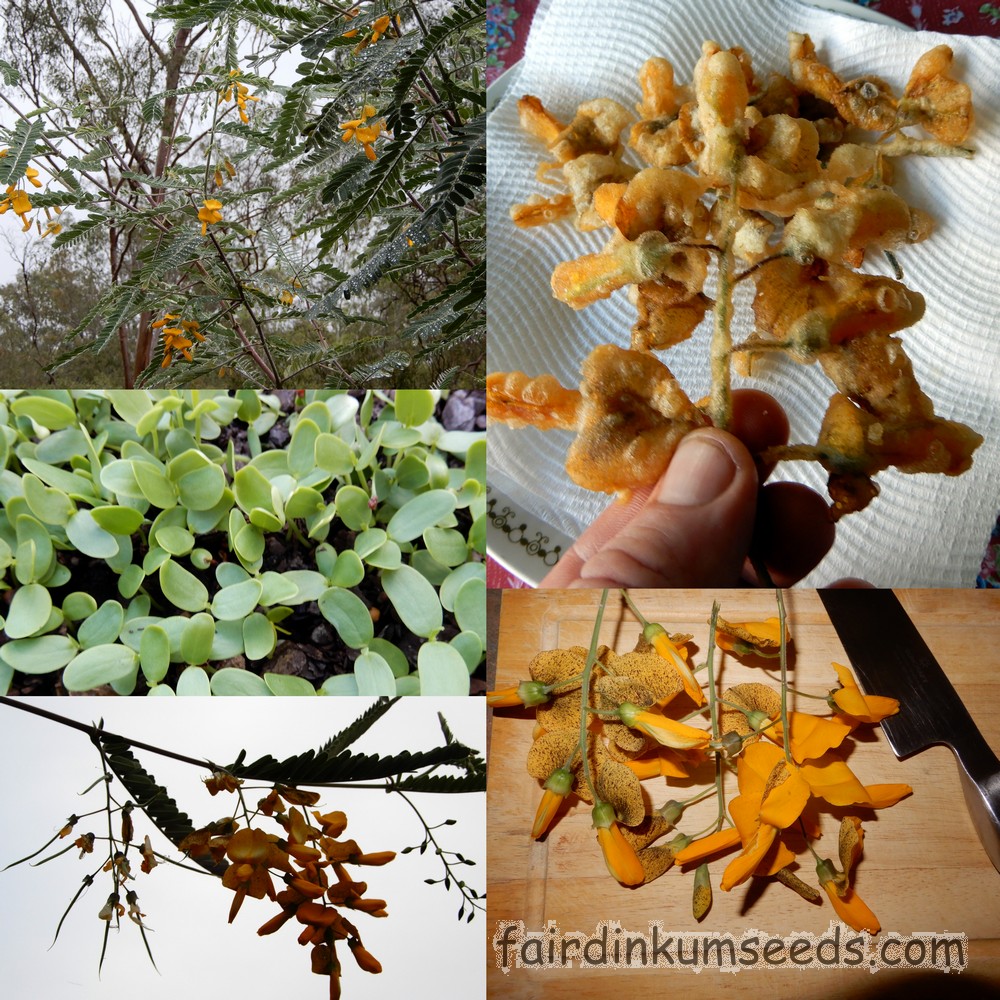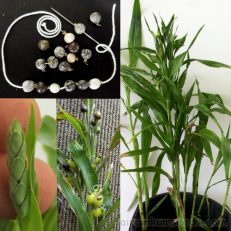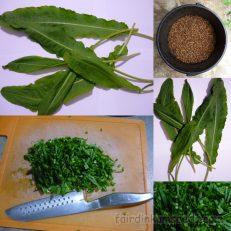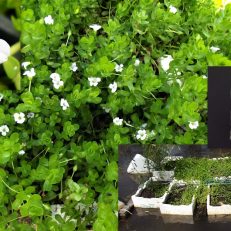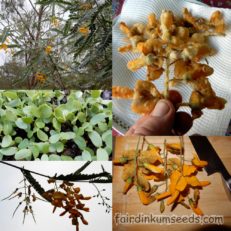Please read text!
Sesbania Benthamiana Javanica Sesban Pea Seeds
Packet of 50+ home grown organic seeds!
Apparently Australia calls this species Sesbania benthamiana now, but the rest of the world has stuck with Sesbania javanica, or the common names of canicha, danchi, dhaincha, dien dienn gai, dien dien phai, dien thanh gai, dien thanh hat thron, dunchi, gelbe wisterie, kathsola, marsh sesbania, ng kh wa, phak hong haeng, prickly sesban, sano, sano hin, sano kin dok, sano sano, sesbanie de java, sesbanya yavanskaya, si pree laa, snao, snaor, snoa, spiny sesbania, yan sheng tian jing, zhao wa tian jing or yellow wisteria, and also the following botanical synonums.
Sesbania aculeata, Sesbania paludosa, Sesbania roxburghii, Sesbania cochinchinensis, Aeschynomene paludosa, Sesbania grandiflora, Sesbania cochinensis and Sesbania chochinchinensis.
It grows incredibly fast, much bigger than I had anticipated with my plants here hitting 3 or 4 metres high in under a year with near nil inputs or TLC!
With a bit more love and water I can see them hitting 5-6metres without much trouble and apparently they can max out at around 7metres!
I wasn’t ready for them to be so tall and I had already got a huge crop off them so cut them off about half a meter high and made use of the timber.
I was going to dig the stumps out and get a new batch of seedlings going to replace them but much to my surprise they all reshot from the lower nodes/shoots on the trunk and started growing again so I didn’t need to!
They produce an endless stream of huge yellow and purple spotted flowers that taste great when fried up in a light beer batter or used as a stirfry vegetable.
The flowers are normally eaten like this, or chopped up fresh with chilli and coriander as a salad, or served on noodles.
I love them cooked, not a huge fan of them raw.
They are not offensive or anything, just a bit too “flowery” for my palate where as when cooked they taste more like cooked supermarket green beans.
The other way to do it is mix them with a lot of salt or sugar, and roughly chop them up and sit aside.
Serve them a few hours later when they have started to sort of melt and that way that make a great side dish, especially when served with lava hot curries.
You can also brine or pickle them and stored like that they last for years.
The leaves and shoots are commonly eaten too, but I get so many flowers and I have so many other leafy green options that I haven’t really got that far yet.
I can tell you the sprouted seeds stirfried with lots of chilli, garlic and a splash of fish sauce is awesome!
These guys would look great on the plate in fancy restaurants and they really add something unique.
When you consider their ease of growth and massive productivity they should really be promoted much more as a food crop.
They handle dry rocky soils fine, but they do just as well in heavy boggy poor soils, and their nitrogen fixing nature makes them a real asset in rice paddies overseas.
They produce a food crop, and increase the rice yield all at the same time.
They also produce a nice timber and I use it for shovel and rake handles, garden stakes and it’s also great for carving fishing lures as it floats really well but is still easy to work with a very fine grain.
Very light, saw cuts it like butter, but it’s also surprisingly strong and long lasting.
In Africa, India, Vietnam, Cambodia, China, Sri Lanka, Bangladesh, Myanmar, Thailand, Vietnam, Malaysia, Indonesia, Philippines, and Lao it is grown extensively for firewood and as a nitrogen fixing living trellis.
Stick a couple of these and a vine or two in the ground(cucumbers, bitter melon, pumpkins, that sort of thing) and they produce a huge amount of food from a tiny little square of surface soil no bigger than a plate.
It is also used as a shade and green manure crop in tea and coffee plantations and as a living trellis in pepper plantations.
The green manure mulch from the cut sesban being the main fertilizer of the crops.
The flowers contain a huge amount of carotenoids(like carrots), and this bright yellow colour is used to give a yellow colour to various SE-Asian deserts like sticky rice balls and puddings.
They grow super easily, just pour some really hot(but not boiling)water on them and let them soak for a couple hrs before planting into a nice sandy soil.
Grown by me and the Mrs organically, no chems, no nasties, no problems!!!
